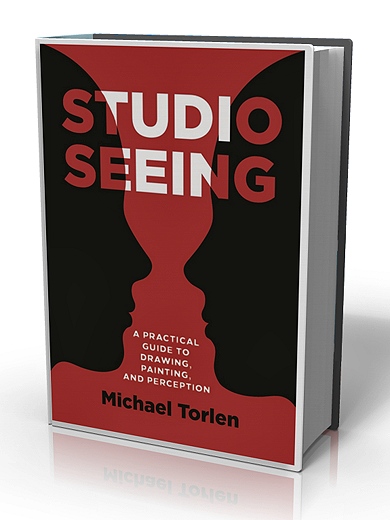 |
| coming soon |
How do I know him? I don’t, or at least we've never met in person. But we are well-acquainted “online,” as they say, because about ten years ago, by chance we discovered that we have a common interest in, not just art and vision, but in the writings and teaching practices of an artist / teacher (in the 1940s and thereafter) named Hoyt Sherman. At OSU, Sherman was the teacher of Pop Artist Roy Lichtenstein. But he was also the teacher of one of my most influential teachers, a man named David Delafield. Torlen’s link to Sherman is far more direct: he earned an MFA at OSU and actually worked closely with Sherman.
My additional interest in Sherman is through his connection to artist and optical physiologist Adelbert Ames II, who invented the Ames Demonstrations, about whom I have written, and more recently made a three-part documentary video on.
At OSU, Sherman reconstructed many of the Ames Demonstrations. But the achievement for which he was famous (or, as his detractors would probably say, “infamous”) was his attempt to teach drawing in the dark. He devised a method of teaching drawing in a pitch dark studio (called a “flash lab”) in which his students drew from abstract images that he projected on a screen, using a tachistoscope, for a fraction of a second. His students included members of the OSU football team, who (it was claimed) improved their passing accuracy by wearing a hooded contraption called a “flash helmet.”
Judging from its table of contents (as well as the title), the key concern in Torlen’s book is perception in relation to art, from the view of a long-experienced teacher. You can learn much more about him as well as updates on his book at <https://www.michaeltorlenauthor.com/>.
